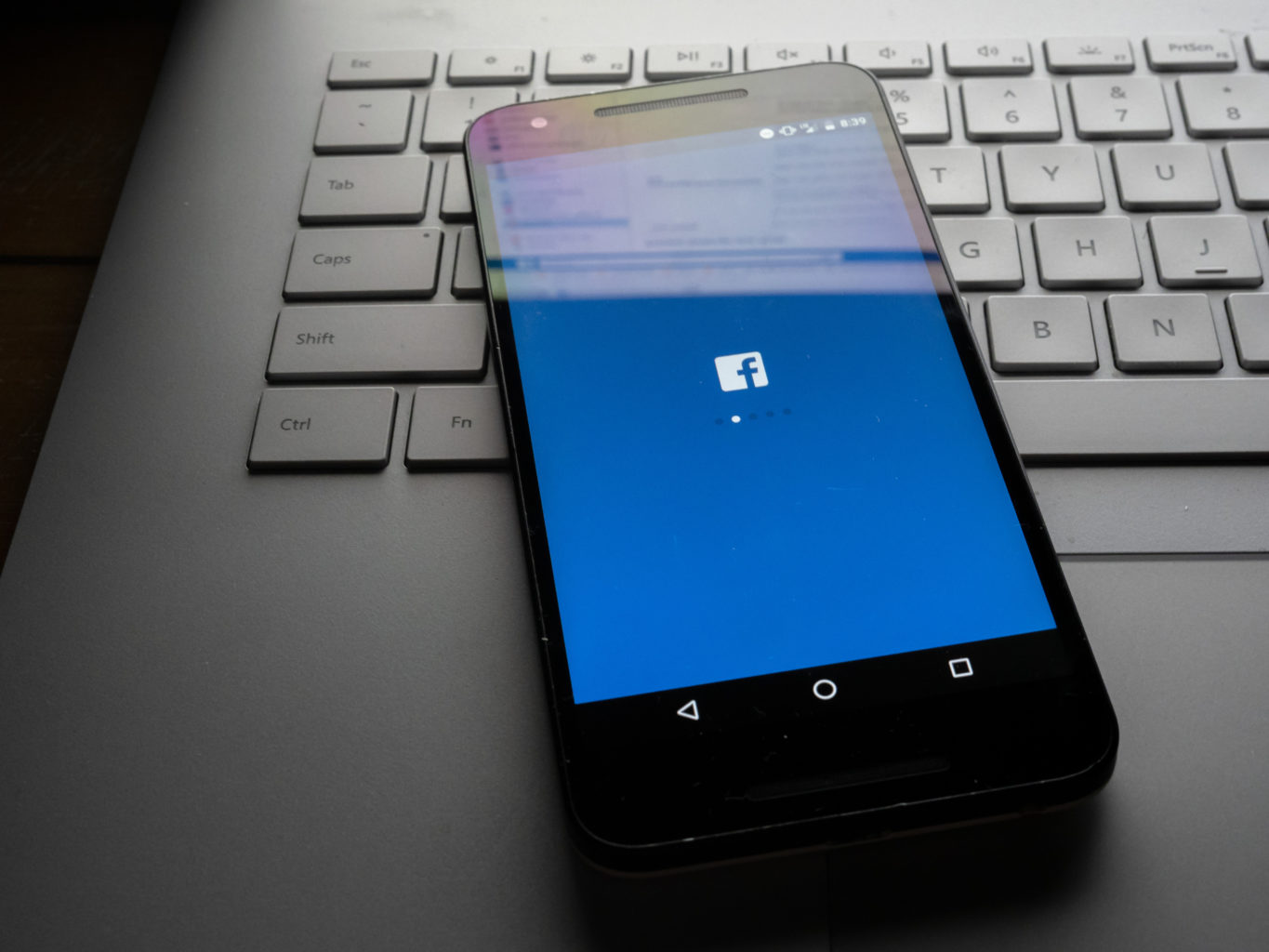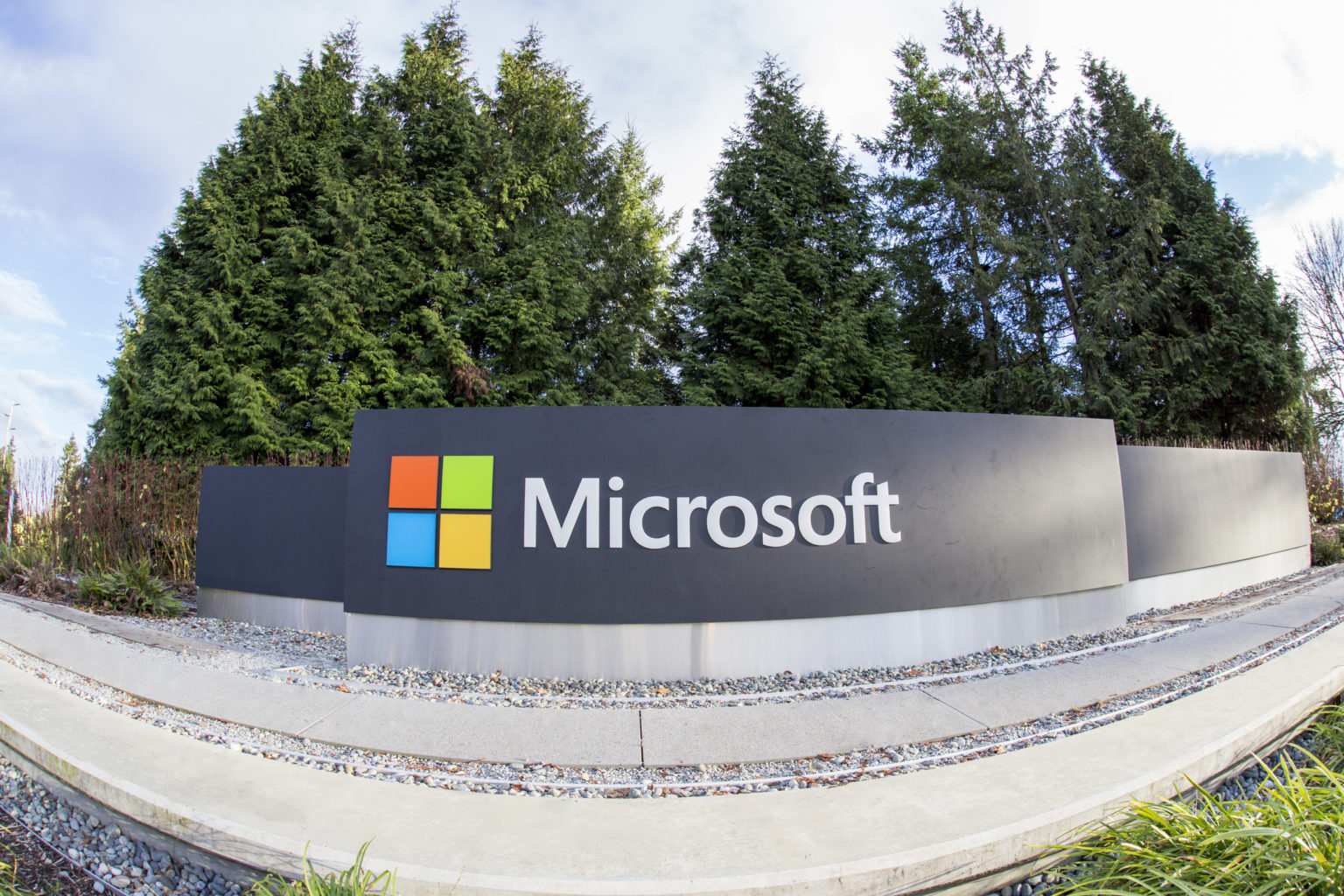About a thousand Google employees frustrated with a series of controversies involving Google have signed a letter to demand transparency on building a censored search engine for China. The project named Dragonfly is a censored search engine for the Chinese market.
In the letter employees mentioned, “Currently we do not have the information required to make ethically-informed decisions about our work, our projects, and our employment.” The letter published by the Buzzfeed news was circulated on Google’s internal communications system and is signed by about 1400 Googlers.
The Dragonfly project will be Google’s return to China after 8 years of withdrawal from its decision to protest against censorship and government hacking. China has the world’s largest internet audience but has frustrated American tech giants with content restrictions or outright blockages of services including Facebook and Instagram.
Crisis already hailing in Google
This is not the first time Google’s outspoken workforce has been agitated by changes in strategy. In April, the internet company’s employees spoke out against its involvement in a Pentagon program that uses artificial intelligence to improve weaponry. Over 4,000 employees signed a petition asking the company to cancel it. A dozen engineers resigned in protest, and Google eventually promised not to renew the contract.
Following that uproar, Google published AI ethics guidelines for the company. The letter about Dragonfly that's currently being circulated inside the company, argues that those guidelines are not enough and employees further added,
"As a company and as individuals we have a responsibility to use this power to better the world, not to support social control, violence, and oppression," the letter reads. "What is clear is that Ethical Principles on paper are not enough to ensure ethical decision making. We need transparency, oversight, and accountability mechanisms sufficient to allow informed ethical choice and deliberation across the company."
What does Google’s management say
Allison Day, a program manager at Google is not shocked by this outrage and says to the Buzzfeed news, “I can see the bottom line for any corporation is growth, and [China] represented a gigantic market,” she said. “The ‘Don’t be Evil’ slogan or whatever is, you know… It’s not a farce. I wouldn’t go so far as to say that. But it is a giant corporation, and its bottom line is to make money.”
Google CEO Sundar Pichai has repeatedly expressed interest in the company making a return to China, which it pulled out of for political reasons in 2010. Pichai’s apparent decision to return, which was not addressed companywide before Thursday, has caused some employees to consider leaving the company altogether.
“There are questions about how [Dragonfly] is implemented that could make it less concerning, or much more concerning,” an anonymous Google employee said. “That will continue to be on my mind, and the mind of other Googlers deciding whether to stay.”
The Dragonfly project secrecy
Two Google employees who were working on Dragonfly were so disturbed by the secrecy that they quit the team over it. Developers who were working on the project had been asked to keep Dragonfly confidential — not just from the public, but also from their coworkers. Even more upsetting to some employees is the fact that the company has blocked off internal access to Dragonfly’s code. Managers also shut down access to certain documents pertaining to the project, according to the Intercept.
Employees feel that this is a special kind of betrayal and erosion of trust because they talk and act like, “Once you’re at Google, you can look up the code anywhere in the code base and see for yourself.” “We pride ourselves on having an open and transparent culture,” said the anonymous Google developer. “There [are] definitely employees at the company who are very frustrated because that’s clearly not true.”
Google has not responded to specific questions about Dragonfly from the Intercept, nor to Bloomberg, nor to BuzzFeed News, only saying in a statement, “We don’t comment on speculation about future plans.”
An anonymous Google developer said, “Even though a lot of us have really good jobs, we can see that the difference between us and the leadership is still astronomical. The vision they have for the future is not our vision.”
Google releases new political ads library as part of its transparency report
Google is missing out $50 million because of Fortnite’s decision to bypass Play Store
Google’s censored Chinese search engine is a stupid, stupid move, says former exec Lokman Tsui
Read more
 United States
United States
 Great Britain
Great Britain
 India
India
 Germany
Germany
 France
France
 Canada
Canada
 Russia
Russia
 Spain
Spain
 Brazil
Brazil
 Australia
Australia
 South Africa
South Africa
 Thailand
Thailand
 Ukraine
Ukraine
 Switzerland
Switzerland
 Slovakia
Slovakia
 Luxembourg
Luxembourg
 Hungary
Hungary
 Romania
Romania
 Denmark
Denmark
 Ireland
Ireland
 Estonia
Estonia
 Belgium
Belgium
 Italy
Italy
 Finland
Finland
 Cyprus
Cyprus
 Lithuania
Lithuania
 Latvia
Latvia
 Malta
Malta
 Netherlands
Netherlands
 Portugal
Portugal
 Slovenia
Slovenia
 Sweden
Sweden
 Argentina
Argentina
 Colombia
Colombia
 Ecuador
Ecuador
 Indonesia
Indonesia
 Mexico
Mexico
 New Zealand
New Zealand
 Norway
Norway
 South Korea
South Korea
 Taiwan
Taiwan
 Turkey
Turkey
 Czechia
Czechia
 Austria
Austria
 Greece
Greece
 Isle of Man
Isle of Man
 Bulgaria
Bulgaria
 Japan
Japan
 Philippines
Philippines
 Poland
Poland
 Singapore
Singapore
 Egypt
Egypt
 Chile
Chile
 Malaysia
Malaysia















